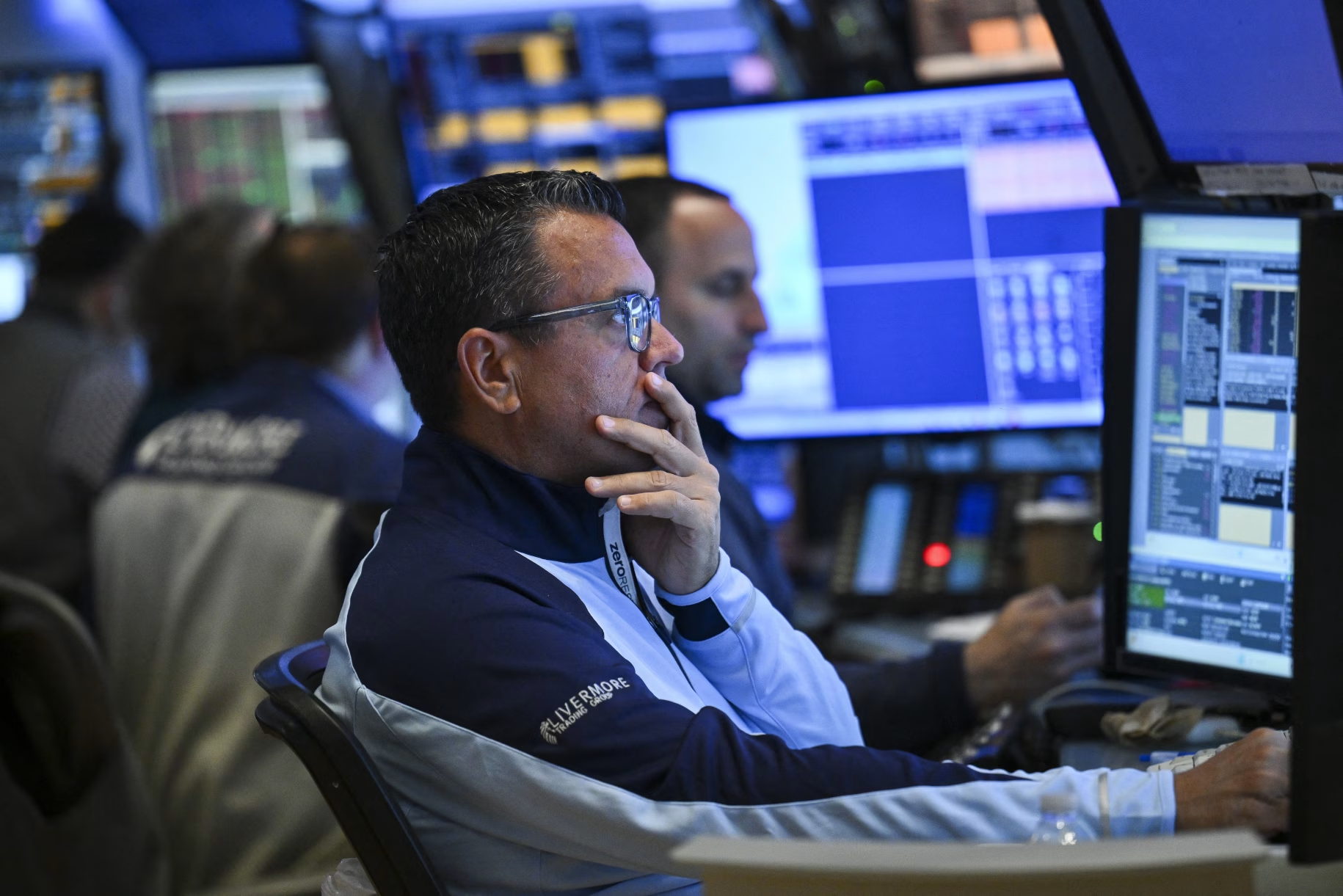U.S. stocks clawed back from steep midday losses on Wednesday, giving the Dow Jones Industrial Average its longest winning streak in almost a year and extending the S&P 500’s rally to seven sessions—an upbeat finale to a historically wild April. The Dow added 0.4 percent (≈+141 points), and the S&P 500 eked out +0.1 percent, while the Nasdaq slipped 0.1 percent.
A month of extremes
Even with the late-month rebound, the damage from early-April tariff-driven sell-offs lingered: the Dow finished the month down 3.2 percent, the S&P 500 off 0.7 percent, while the Nasdaq clung to a 0.9 percent gain. Wall Street’s whipsaw pattern mirrored a news cycle dominated by the White House’s shifting trade stance, a first-quarter GDP contraction of 0.3 percent, and fresh signs of sticky inflation, all of which fed recession chatter.
What powered the seven-day rebound?
- Earnings beats from Big Tech — After-hours pops in Meta (+4 percent) and Microsoft (+7 percent) kept buyers engaged.
- Hints of tariff relief — President Trump’s partial rollback of impending auto-parts levies eased manufacturing fears.
- Rates repricing — A five-day slide in the 2-year Treasury yield and a 45 bp drop in the 10-year since mid-April revived hopes for Fed cuts as soon as June.
- Dip-buying after April’s crash — The S&P 500’s 6 percent plunge in the opening week created “valuation pockets investors could not ignore.”
Inside Wednesday’s swing
- Early sell-off — Stocks opened lower after GDP and deflator data fed “stagflation” fears.
- Final-hour turn — Program buying linked to month-end rebalancing and options hedging flipped the tape positive in the last 30 minutes.
- Breadth — Advancers outnumbered decliners 3-to-2 on the NYSE; eight of 11 S&P sectors ended green, led by Industrials and Energy.
The road ahead
With April’s volatility fresh in mind, strategists warn the market could struggle to extend the win streak without clearer economic signals. Barclays reckons the S&P 500’s upside is capped at 5 percent unless corporate guidance in May proves “recession-resistant.” Meanwhile, hedging volume has spiked against further tariff shocks as the White House enters its next 100-day stretch.
